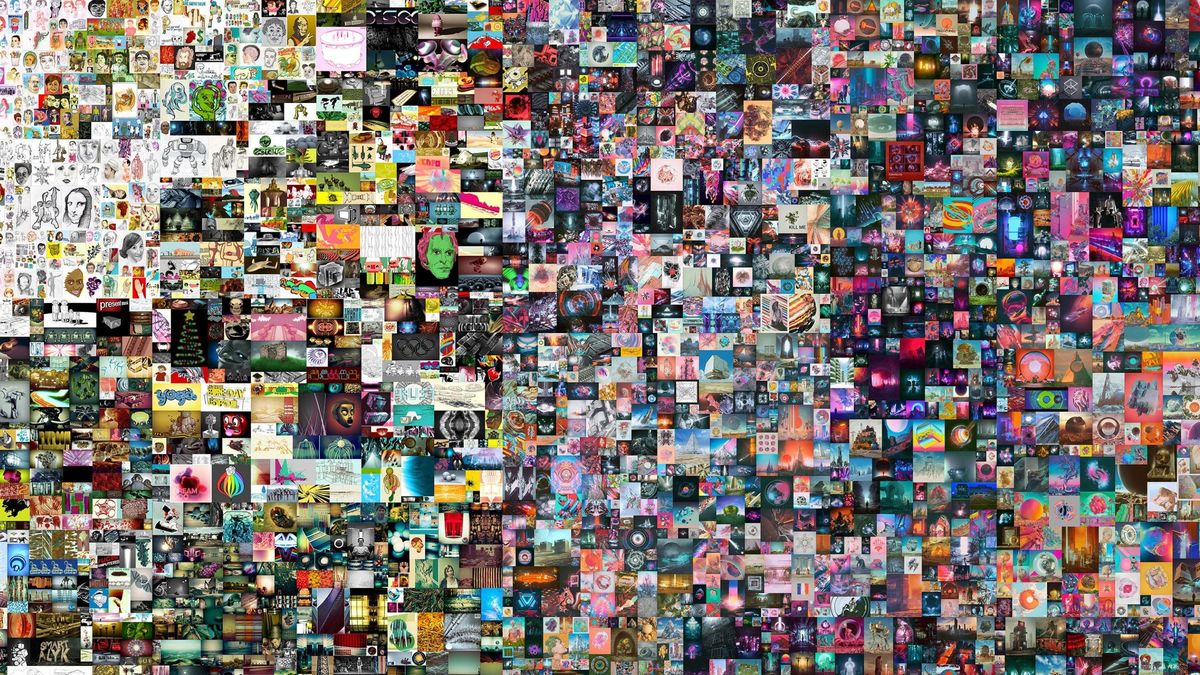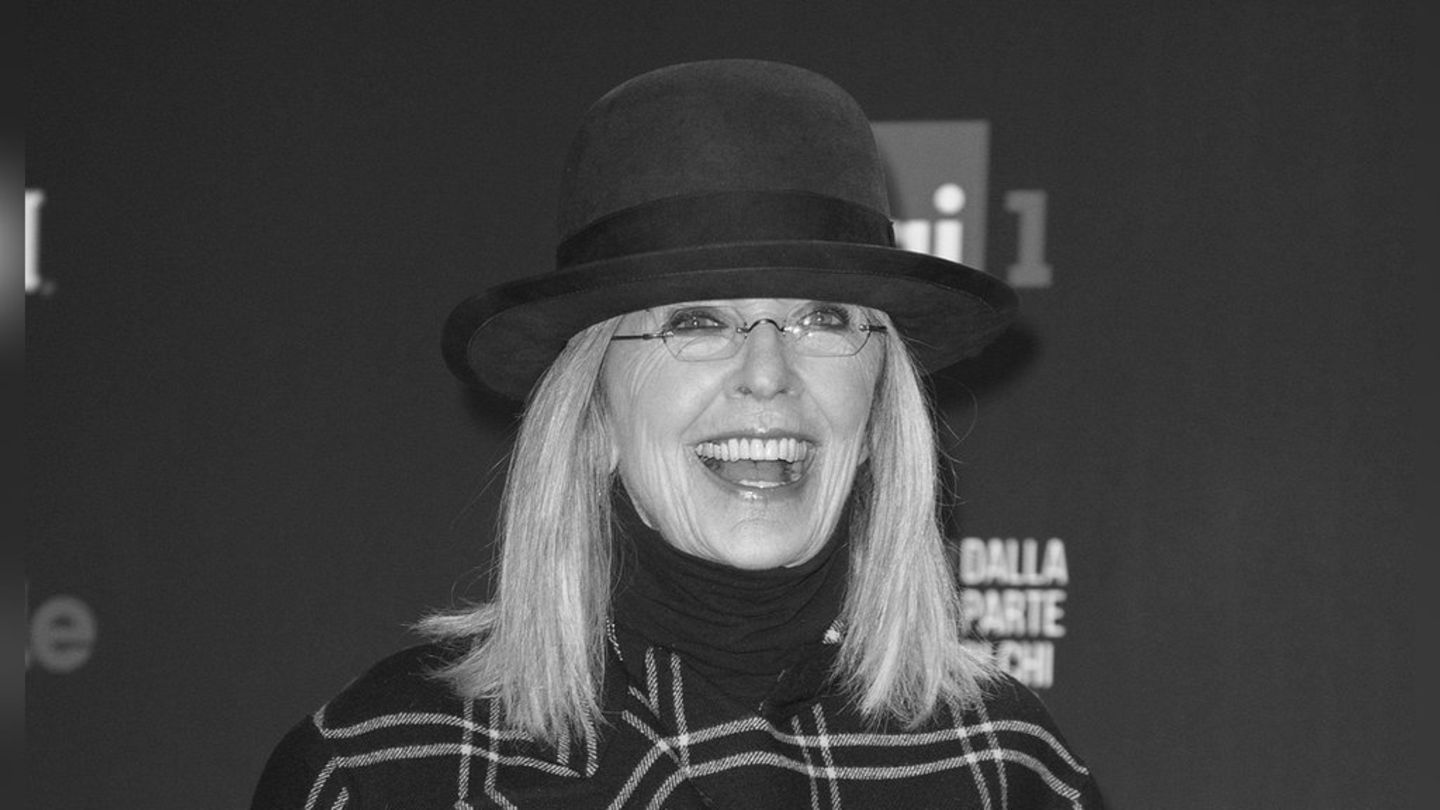The crypto art market, closely linked to virtual currencies such as bitcoin or ethereum, provokes enthusiasm and controversy in equal measure.
Its turnover last year exceeded 40,000 million dollars, according to the specialized firm Chainalysis.
And expectations for 2022 are optimistic, according to industry players interviewed by AFP.
Mainly because new generations of artists and creators of all kinds of content, from video games to comics, passing through fashion accessories (to be worn in the metaverse) see in the NFT, the digital “certificates of authenticity”, a tool to guarantee, for the first time, a fixed income.
NFTs “are by definition unique and cannot be replaced,” explains Albertine Meunier, a French artist and collector in Paris.
These certificates accompany a work of art in the virtual world for life.
Beeple is an American graphic designer who set out in 2007 to make a piece of crypto art every day, without interruption. When he already had 5,000 he lined them up in a gigantic collage that he auctioned off through Christie’s in New York.
It was the first work of crypto art (registered using NFTs, digital certificates of authenticity) to be sold at auction.
“Everydays: the First 5,000 days” started at $100, but the auction soon shot up to $69.3 million.
That sale made Beeple one of the top three most-selling living artists in the world.
But this graphic artist, who both publicly supports left-wing political causes and collaborates with luxury brands such as Louis Vuitton, has been reluctant in interviews to the speculative frenzy that his works generate.
In October 2020, six months before Christie’s historic sale, he called on his fans to sell a similar work: it was an “Everyday” series corresponding to the year 2020. One hundred copies, at one dollar each.
The sale was held at 3 a.m. Paris time. A young French student and collector, Brian Beccafico, was ready.
“It was a ‘first come, first served’ style. So you had to be there at the right time to click, to buy,” he told AFP over the phone.
The sale/raffle lasted just two seconds, recalls this 24-year-old, who belongs to a family of collectors.
Now his “Everyday 2020” (which Beeple completed for free at the end of that year, totaling 365 images), is listed at around $117,000 on one of the digital art platforms, OpenSea.
Brian Beccafico is not surprised, and says he does not intend to sell. “It’s one of my favorite works,” he explains proudly.
Buying and selling ceaselessly in the market, this young man has been creating a “wallet” (a portfolio linked to a cryptocurrency) with hundreds of works, in just two years.
There’s another reason Beeple could afford to sell a print run of his work for a dollar, recalls Brian Beccafico: “He takes a commission every time there’s a sale.”
Beeple charged a commission for the work sold at 69.3 million dollars, and thanks to the blockchains (chain of blocks) in which the NFTs are registered, it will continue to charge it forever, as long as its own “wallet” is in operation.
The US stock market authorities describe this market as authentic “Far West”. Cryptocurrency scams totaled $7.8 billion in 2021, with illegal transactions double that amount, according to Chainalysis.
“You can’t treat the entire NFT community in the same way,” a 33-year-old Malaysian artist, mumu_thestan, told AFP.
“The general public thinks that NFTs consist of selling a jpg photo or drawing a picture of a monkey. But that’s not the case at all,” he says.
“The NFTs have undergone a great process of transformation, first as pioneering works of art, then adapting to new economies and now they are mechanisms to create new communities, of people who share the same values”, considers Andy Miah, professor in Sciences of Salford University Communication.
Source: Ambito
David William is a talented author who has made a name for himself in the world of writing. He is a professional author who writes on a wide range of topics, from general interest to opinion news. David is currently working as a writer at 24 hours worlds where he brings his unique perspective and in-depth research to his articles, making them both informative and engaging.




